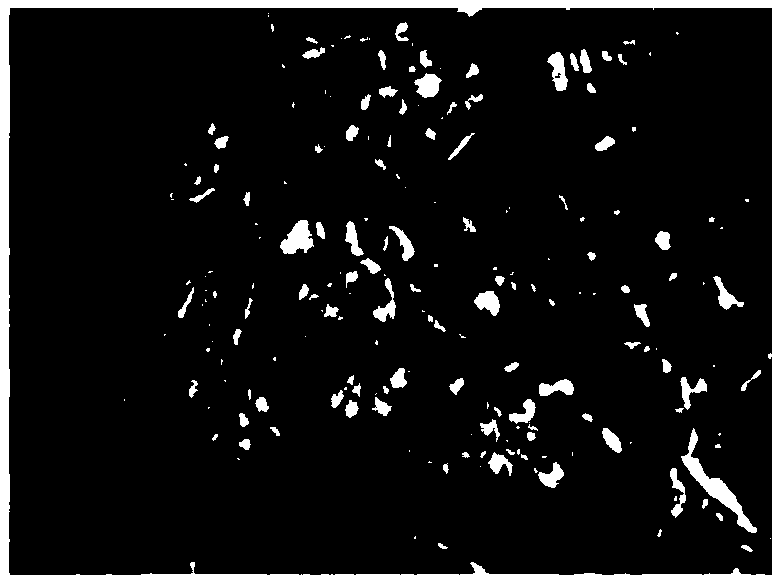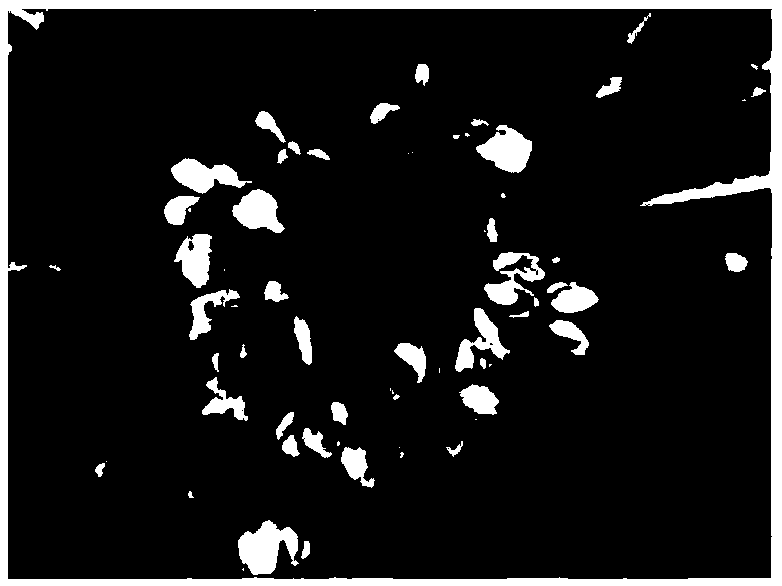Method for preventing and treating flower rot of loquat
A loquat flower and rot technology, applied in botany equipment and methods, horticulture, agriculture, etc., can solve the problems of reduced fruit setting rate, loquat flower panicle disease, poor frost resistance, etc., and achieve the effect of reducing freezing damage
- Summary
- Abstract
- Description
- Claims
- Application Information
AI Technical Summary
Problems solved by technology
Method used
Image
Examples
Embodiment 1
[0023] In the loquat orchard of 'Ruantiaobaisha' located in the valley, the first time the drug was sprayed with 45% lime sulfur mixture crystallized 200 times liquid medicine at the flower bud stage in early October, spraying the whole tree and the ground at an amount of 100kg / mu to sterilize.
[0024] For the second time, before the frost comes in November, spray mancozeb 30% difenoconazole 5000 times for prevention and treatment, and spray until the flower spikes drip.
[0025] The third time was after the snow was frozen in early January with 1000 times control of iprodione 50% wettable powder, and sprayed until the flower spikes dripped.
[0026] For the fourth time, in the first ten days of February, 80% tebuconazole 4000 times liquid was sprayed for prevention and control until the flower spikes dripped.
[0027] The occurrence of flower ear rot disease of the whole tree after treatment is as follows: figure 1 As shown, the incidence rate of flower rot dropped to 2%, a...
Embodiment 2
[0031] In the 'Ninghaibai' loquat garden located at the bottom of the slope, spray the whole tree including the ground with 80% mancozeb wettable powder 800 times liquid agent at the bud stage in September for the first time. Sterilize.
[0032] Spray 50% captan wettable powder 800 times liquid wettable powder before the frost comes in early December for the second time for prevention, and spray until the flower spike drips.
[0033] The third time was to control with pyrimethanil 40% wettable powder 1000 times after the snow was frozen in January.
[0034]For the fourth time, in mid-February, 30% difenoconazole 5000 times wettable powder was sprayed for control until the flower spikes dripped.
[0035] The occurrence of flower ear rot disease of the whole tree after treatment is as follows: image 3 Shown, down to less than 5%.
PUM
 Login to View More
Login to View More Abstract
Description
Claims
Application Information
 Login to View More
Login to View More - R&D
- Intellectual Property
- Life Sciences
- Materials
- Tech Scout
- Unparalleled Data Quality
- Higher Quality Content
- 60% Fewer Hallucinations
Browse by: Latest US Patents, China's latest patents, Technical Efficacy Thesaurus, Application Domain, Technology Topic, Popular Technical Reports.
© 2025 PatSnap. All rights reserved.Legal|Privacy policy|Modern Slavery Act Transparency Statement|Sitemap|About US| Contact US: help@patsnap.com



